6.2.1 Purpose of wheels
Note
In this chapter, we will call all the elements not as is customary in colloquial speech, but in a scientific way, so that an understanding of the essence of things is formed.
The wheel and the tire together form a wheel propeller, which is designed to connect the car with the road, ensure its movement, change the direction of movement and transfer vertical loads from the car to the road and vice versa. Simply put, it is thanks to this propeller that we can move and control the car. Therefore, the behavior of the car on the road directly depends on the correct choice of wheels and tires.



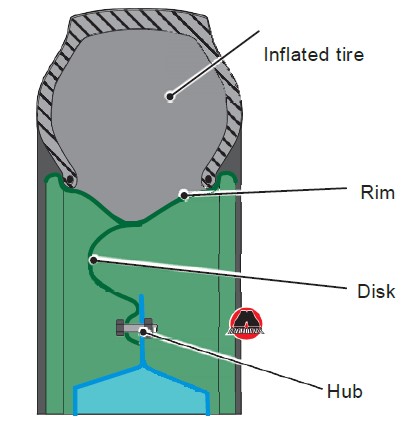
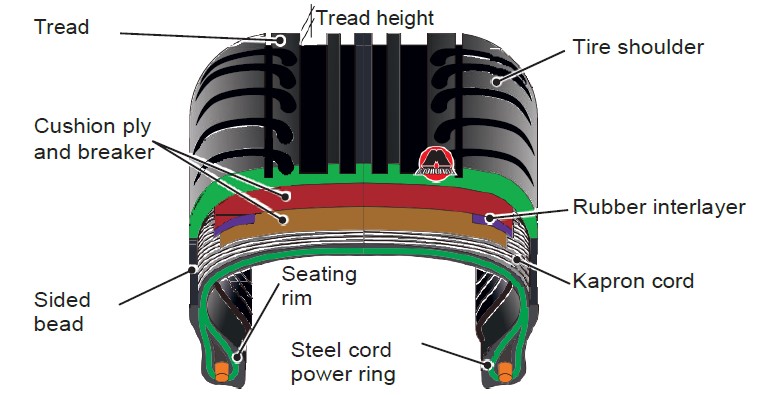
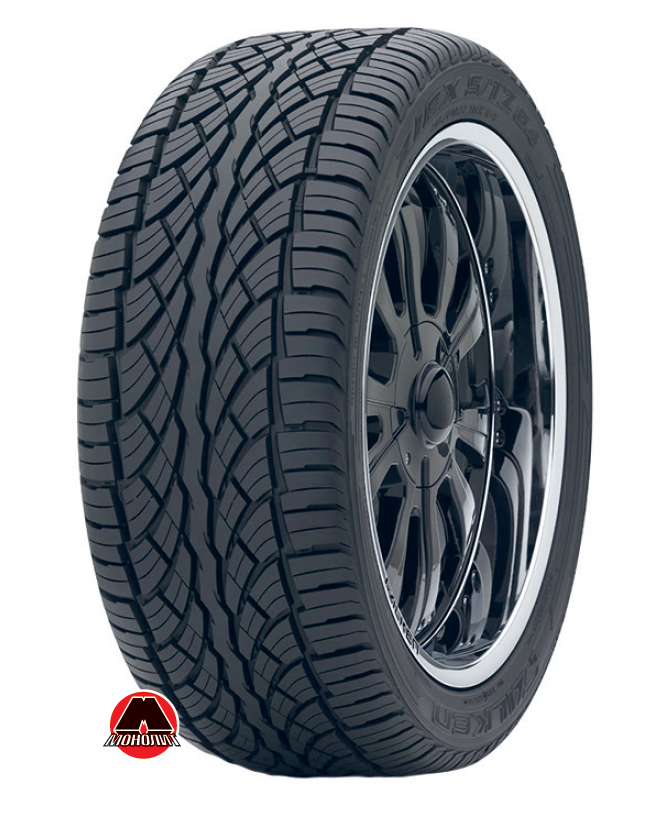
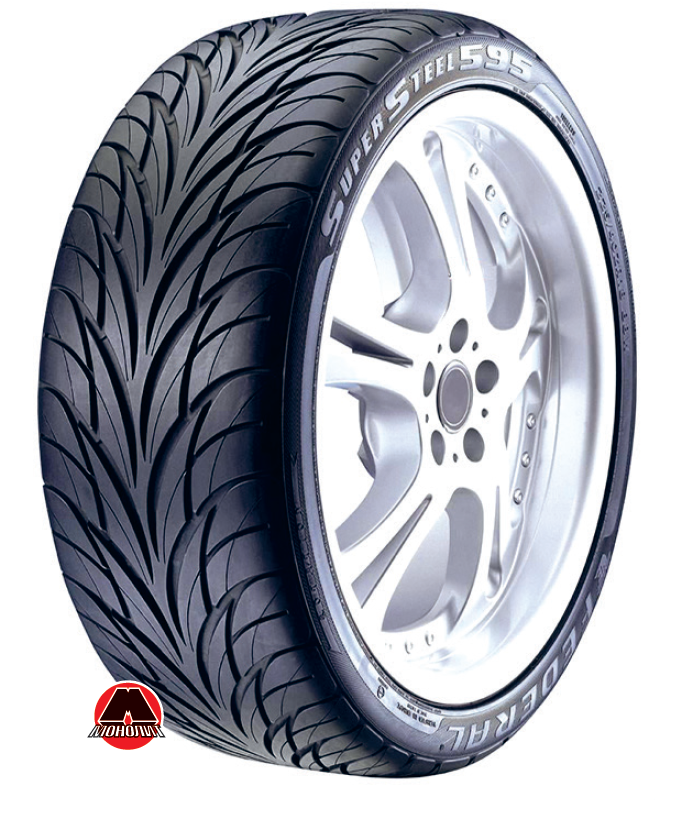
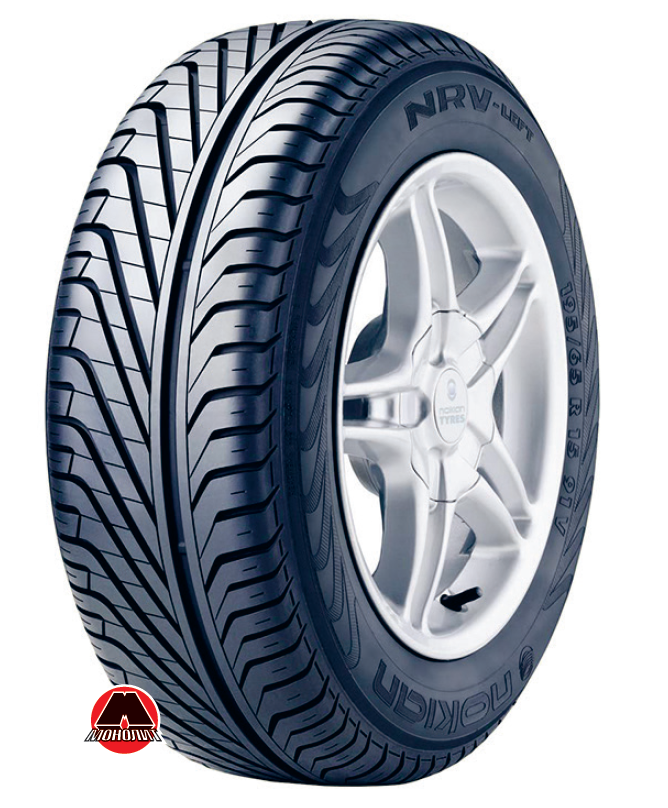

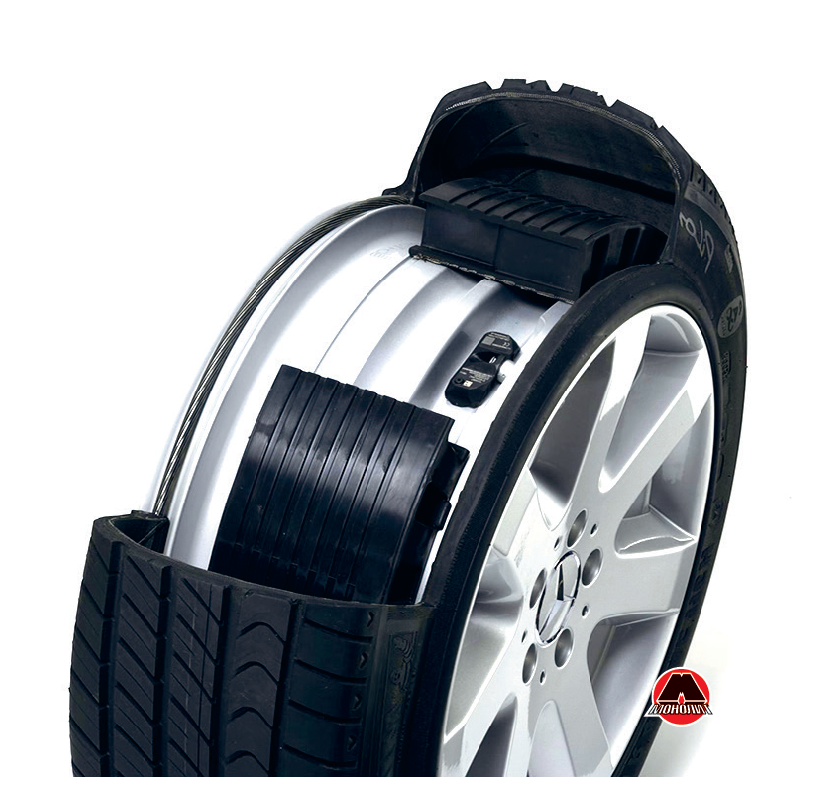
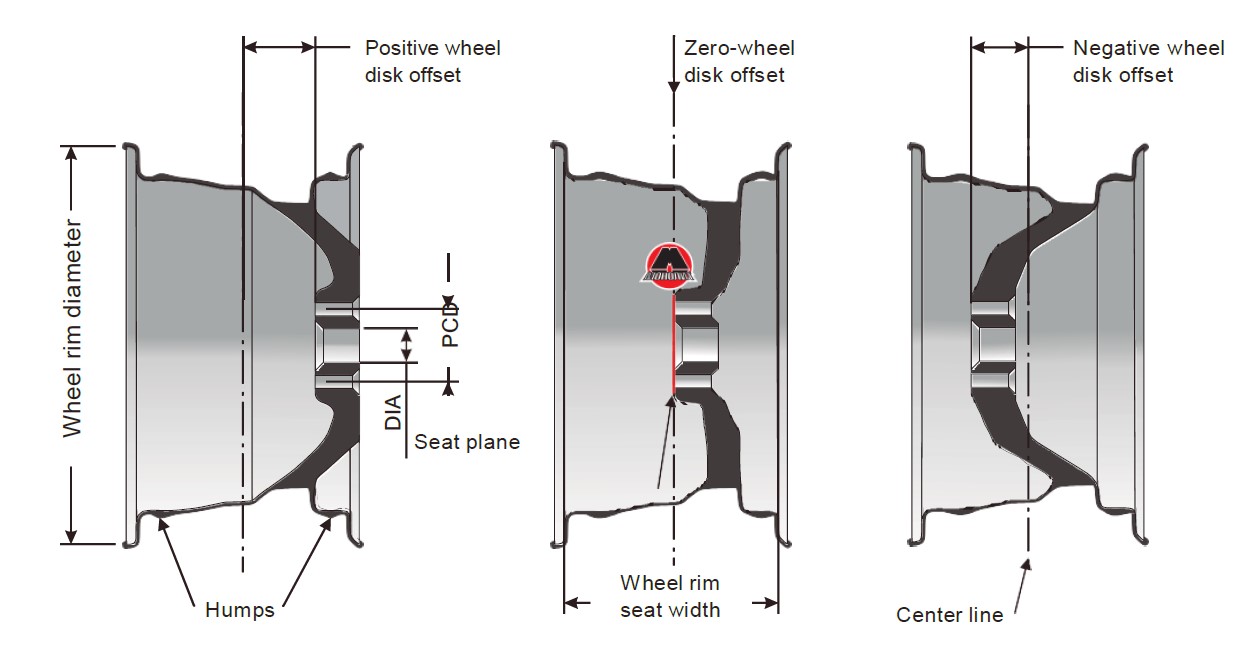



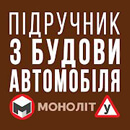

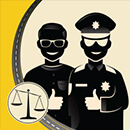











Our test questions are 100% compliant with the official ones, for which theoretical exams are taken in the service centers of Ukraine.
All other resources that claim that their test items are official, mislead you. The illustrations are modified and irrelevant text is placed in them. Preparing with the help of such resources, you can get confused on the official exam and simply do not pass it.